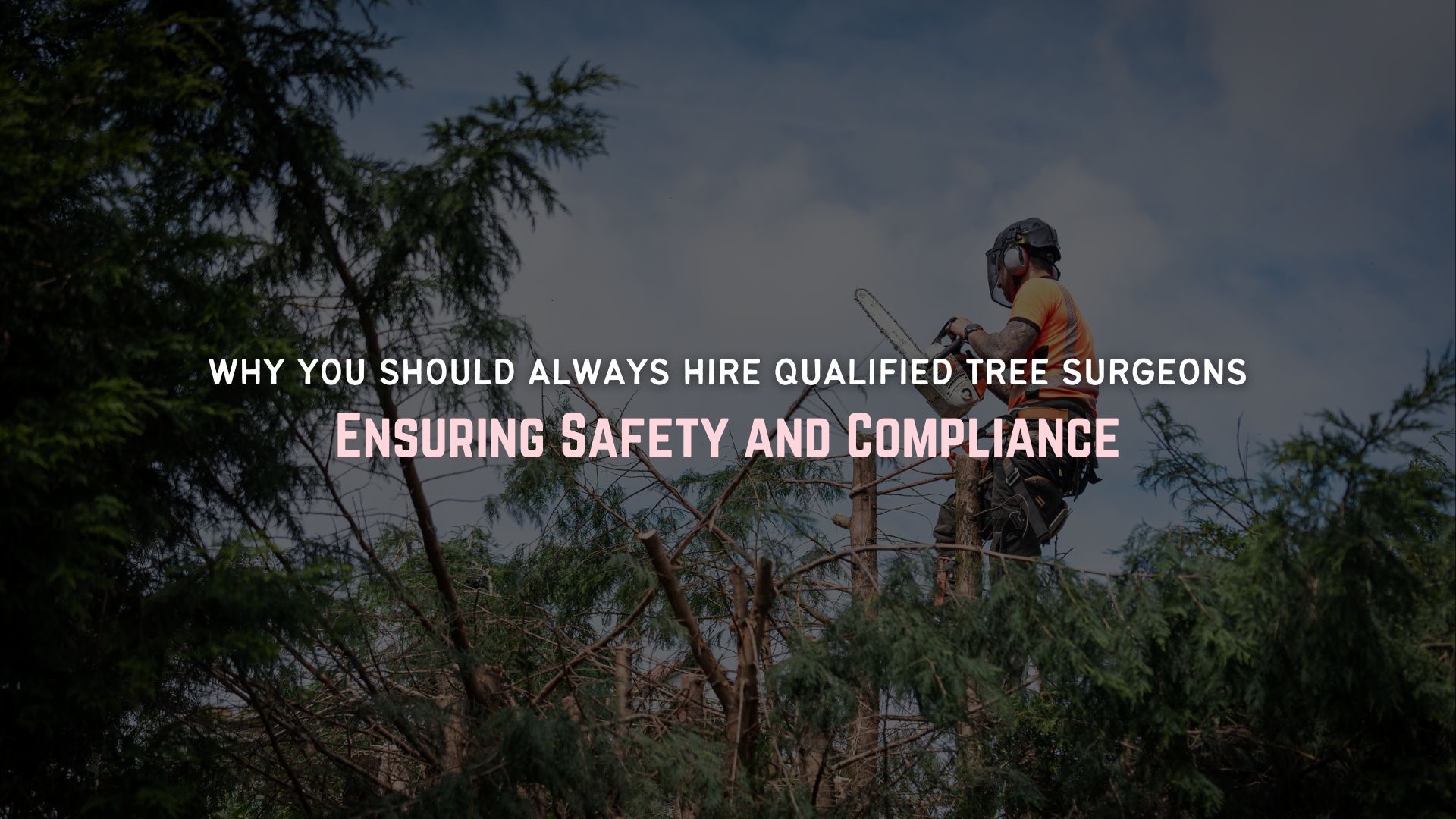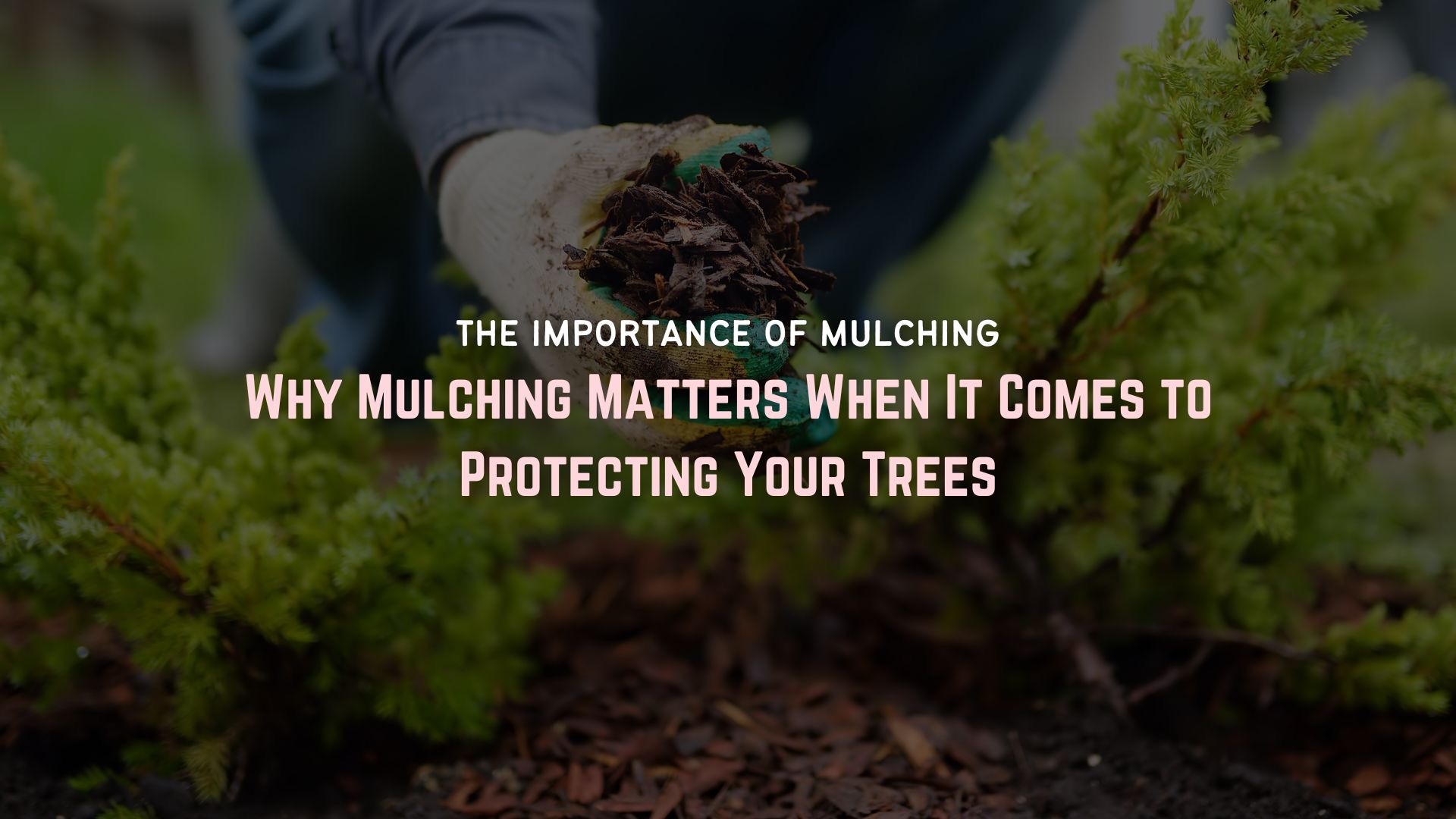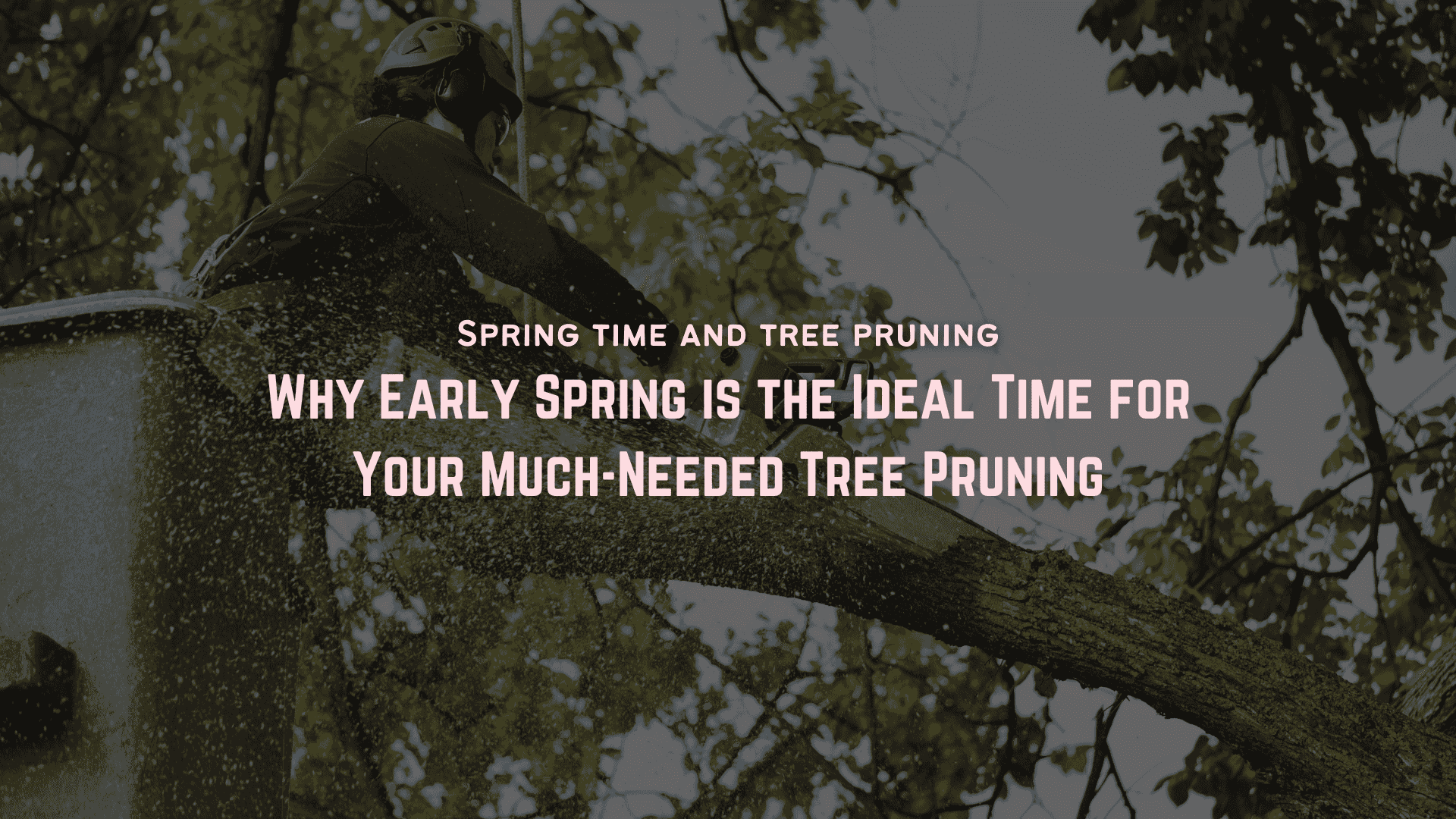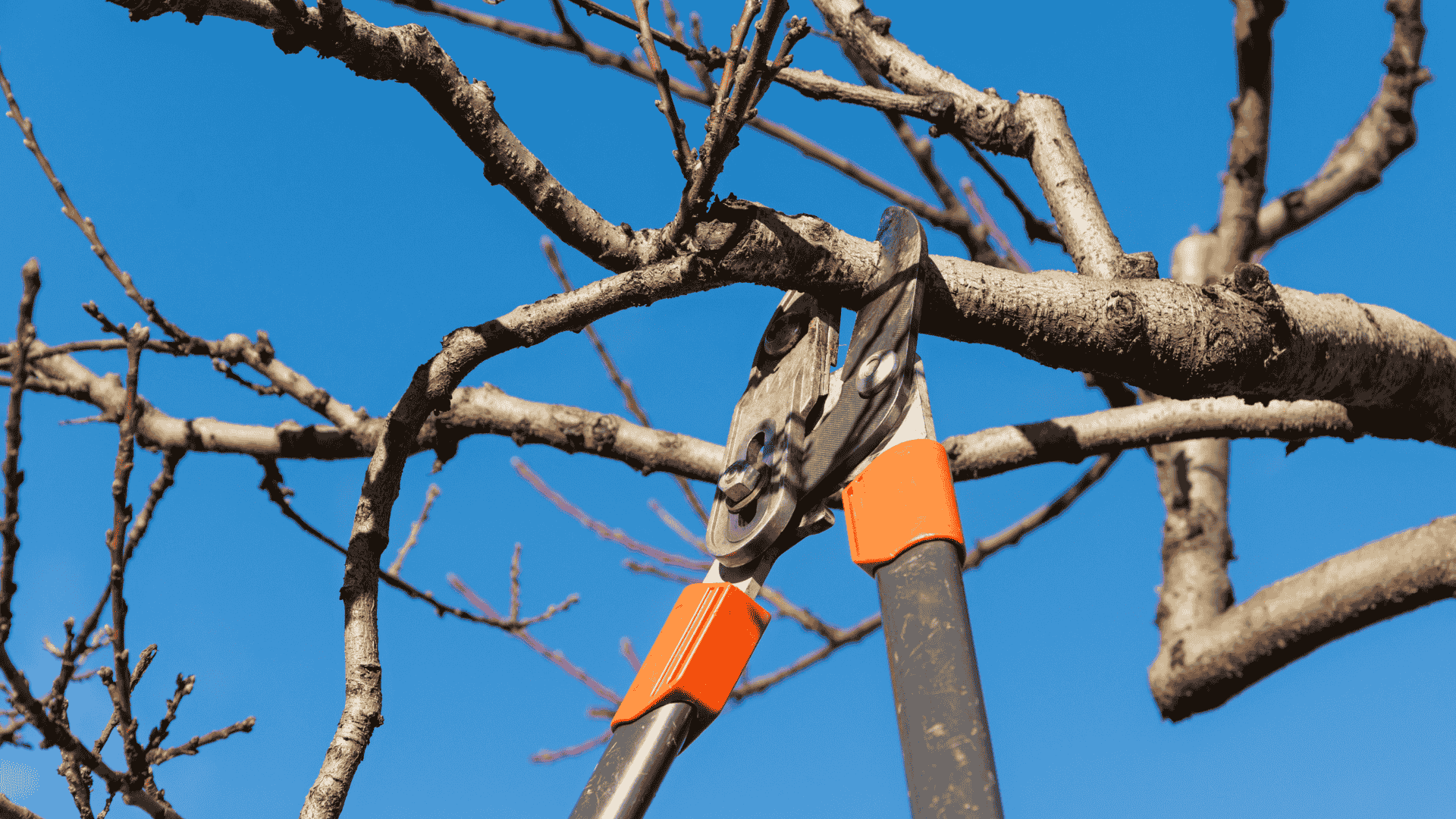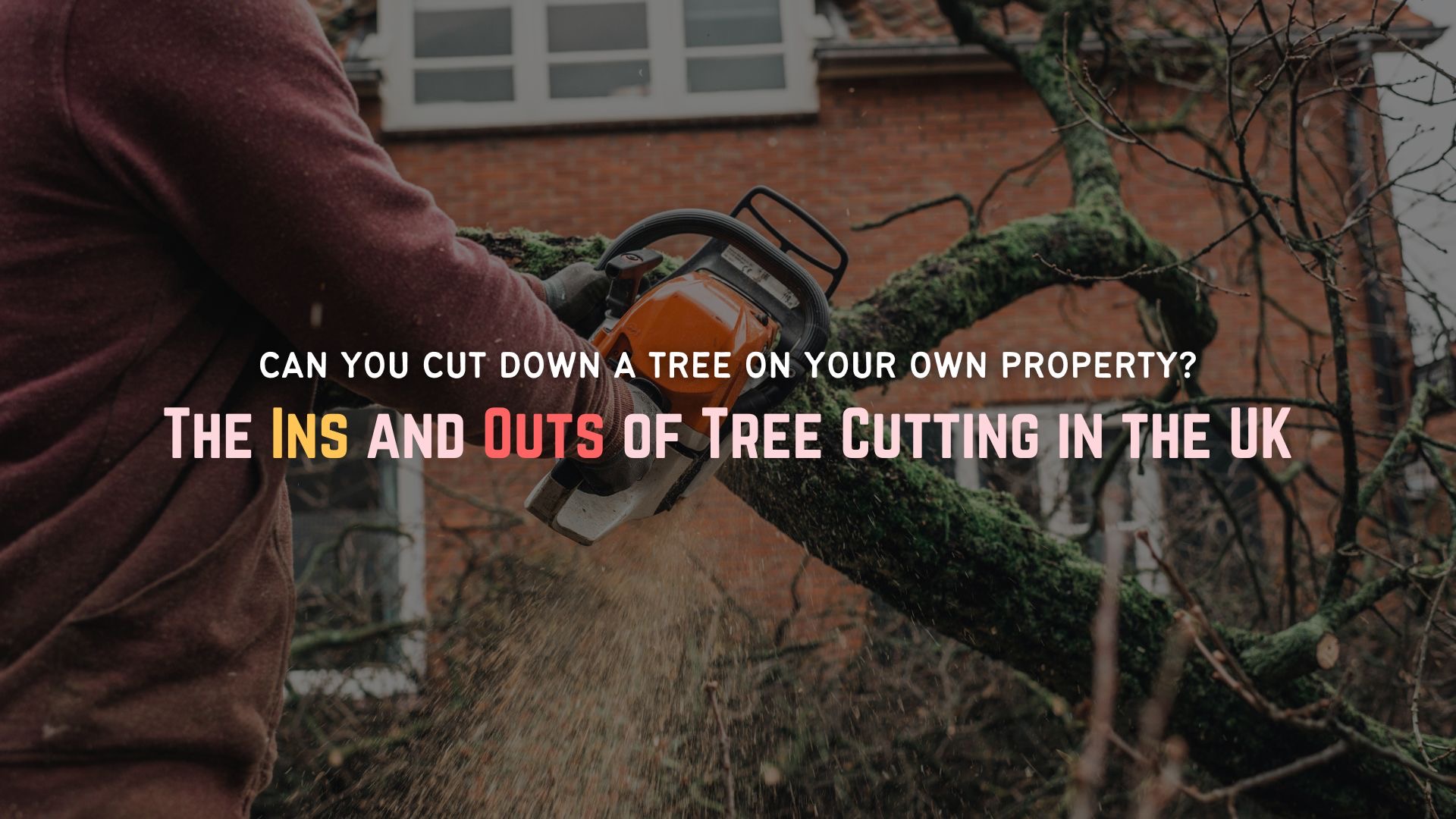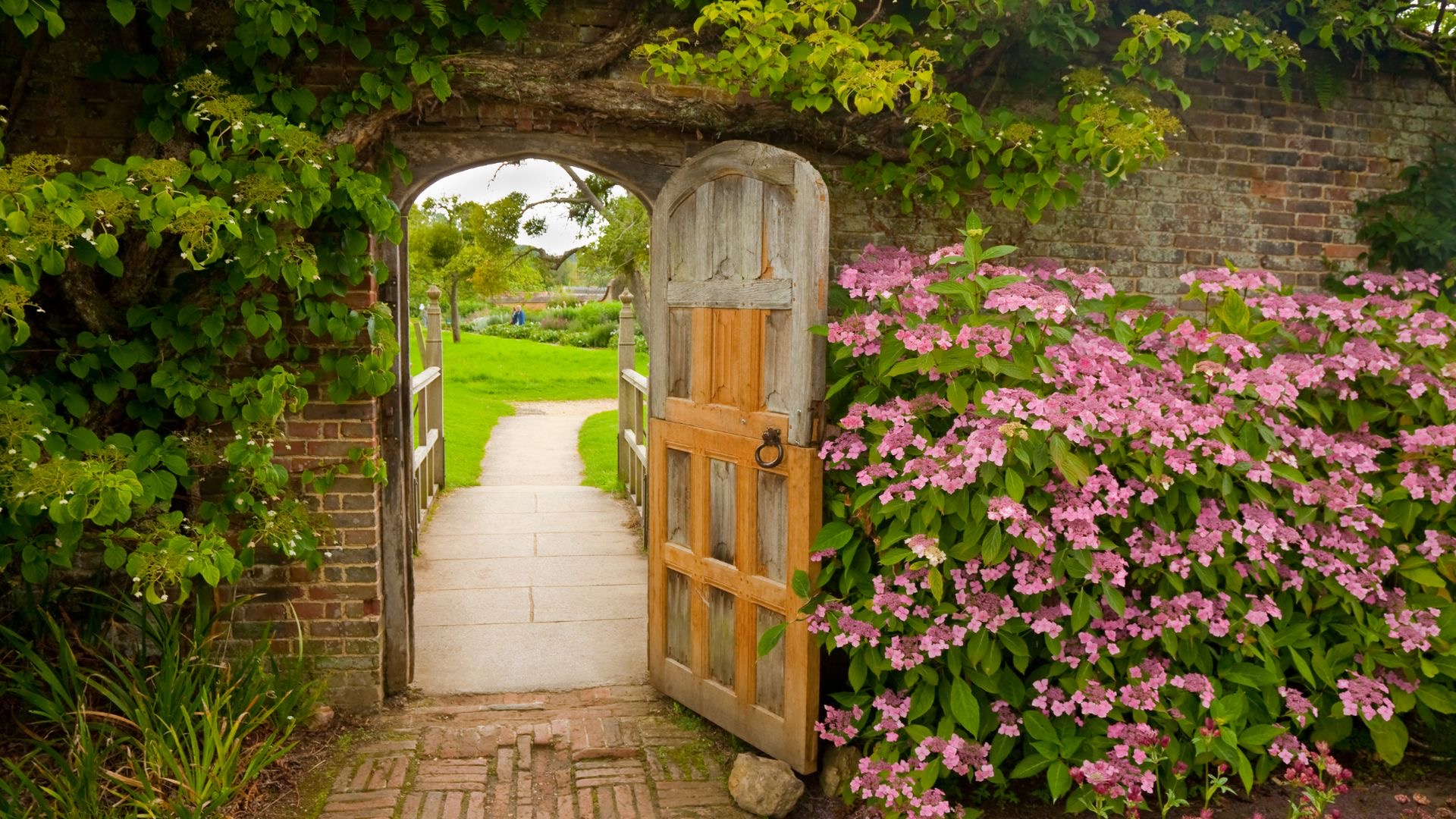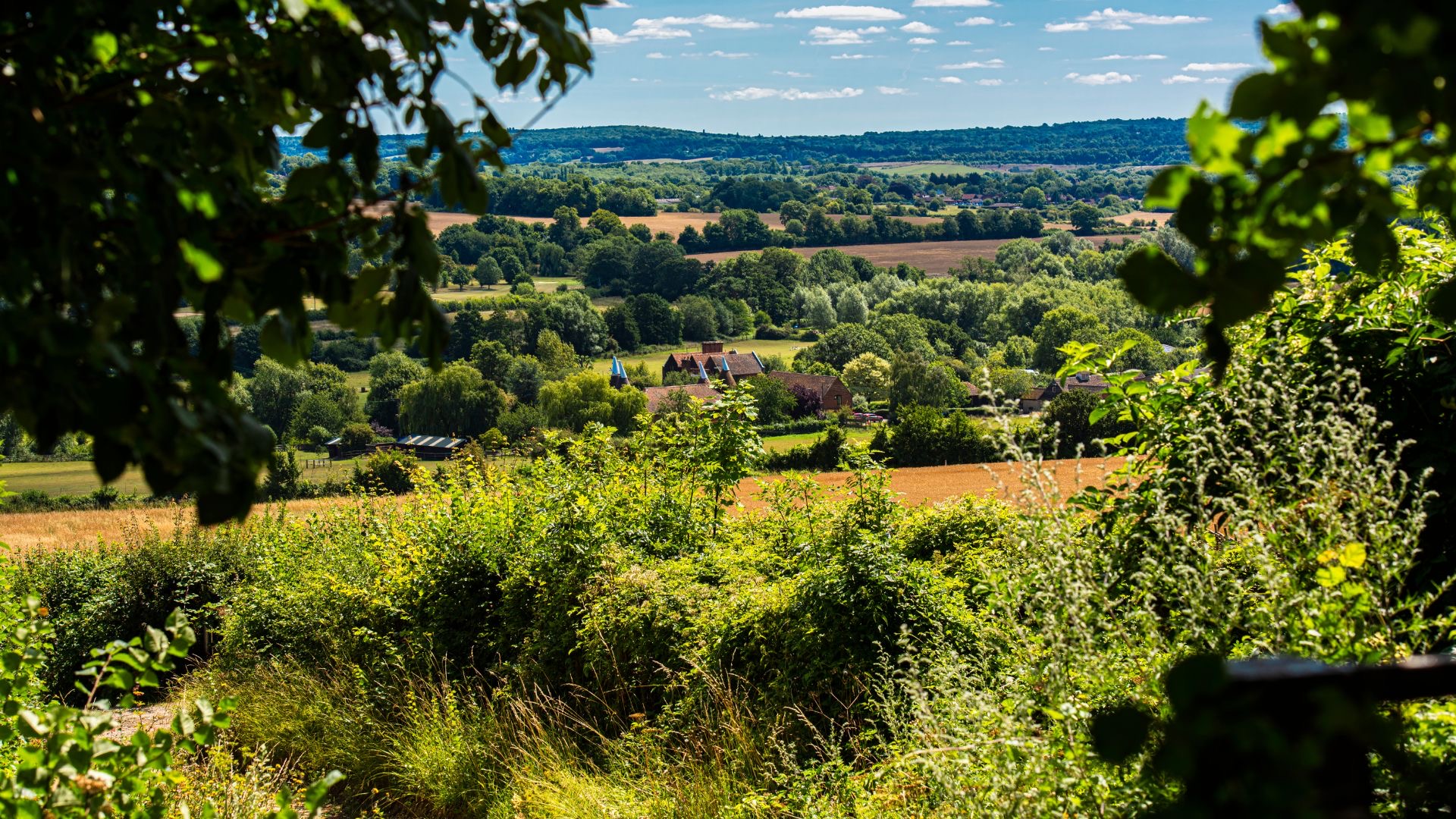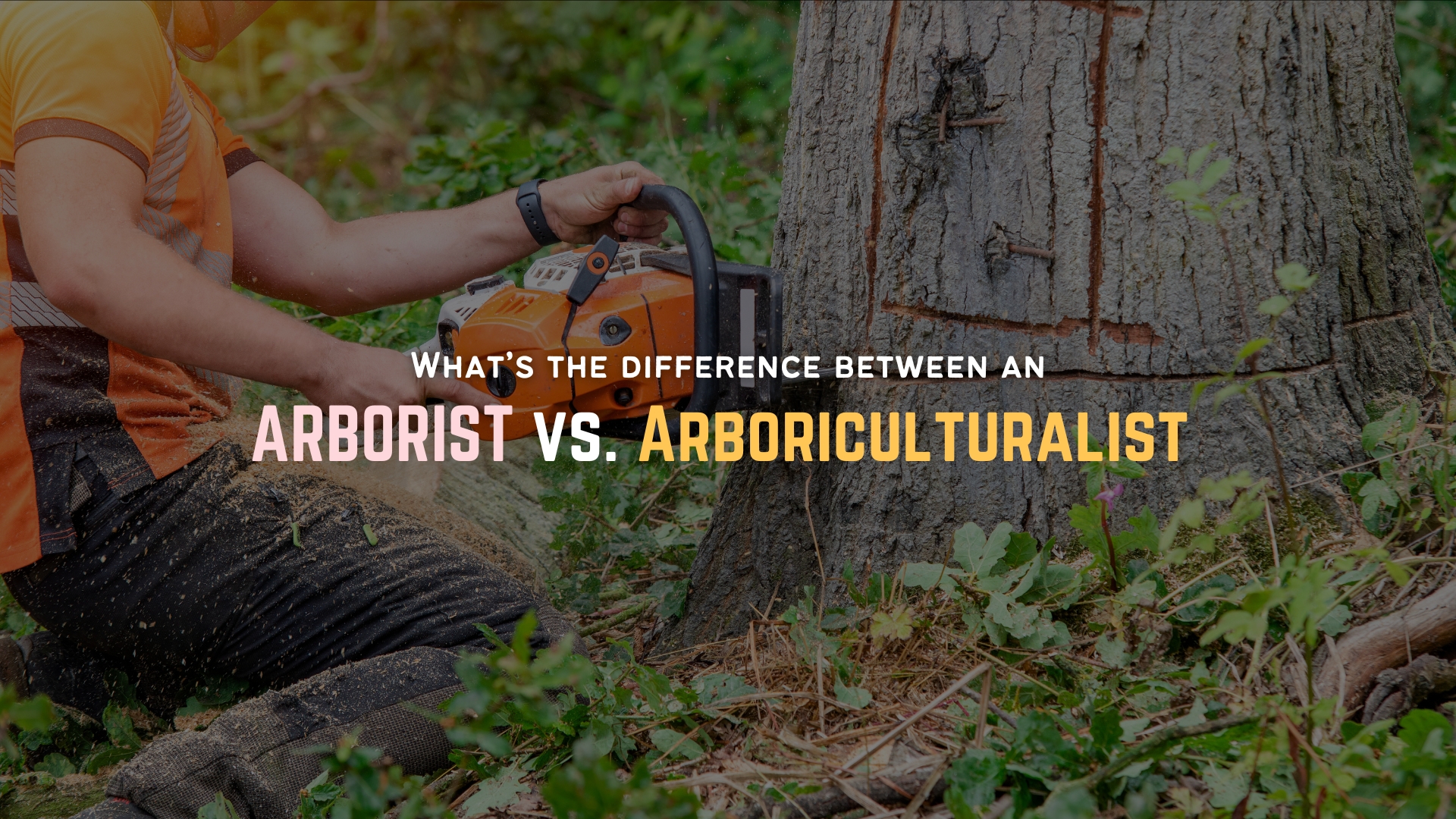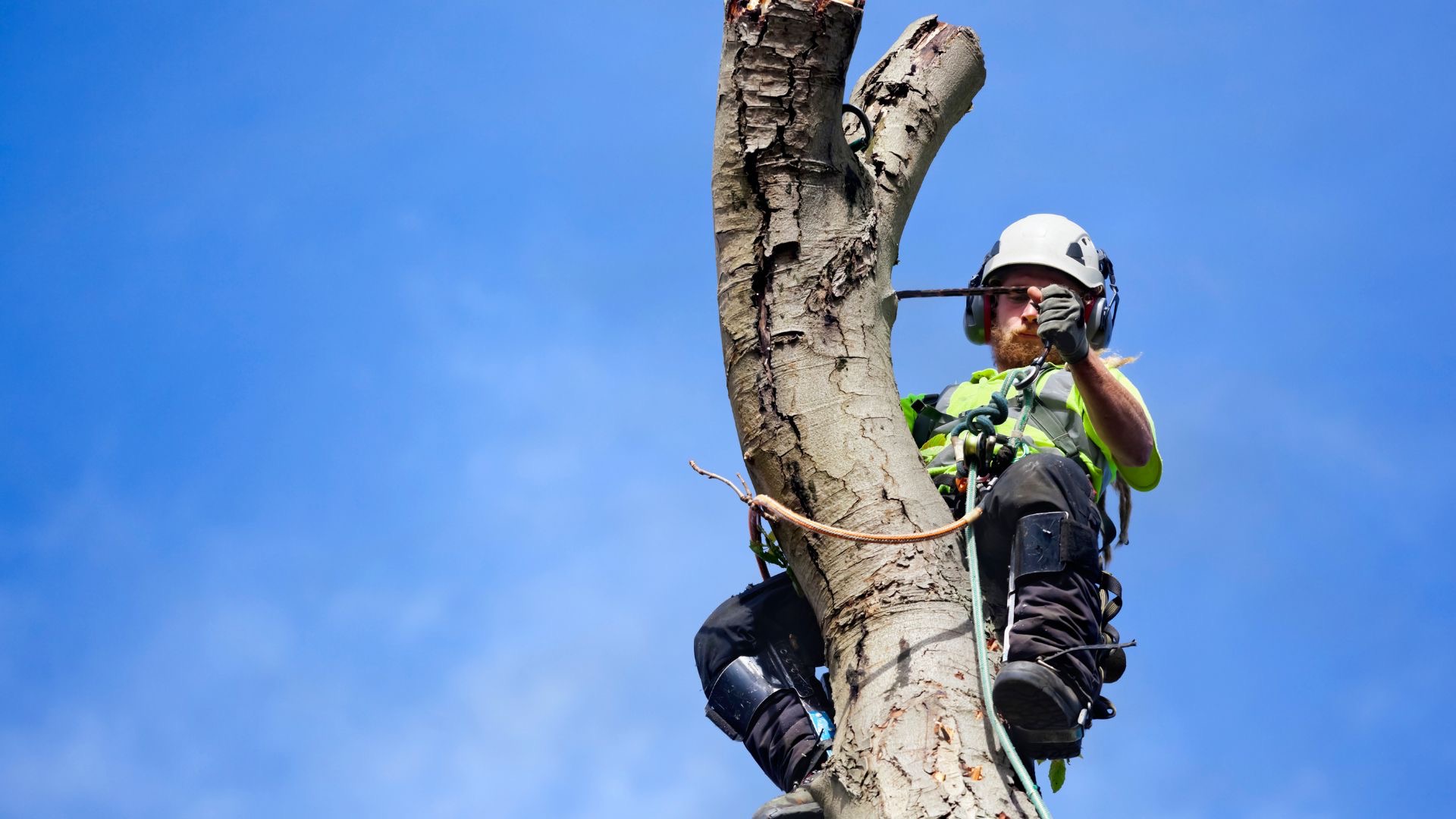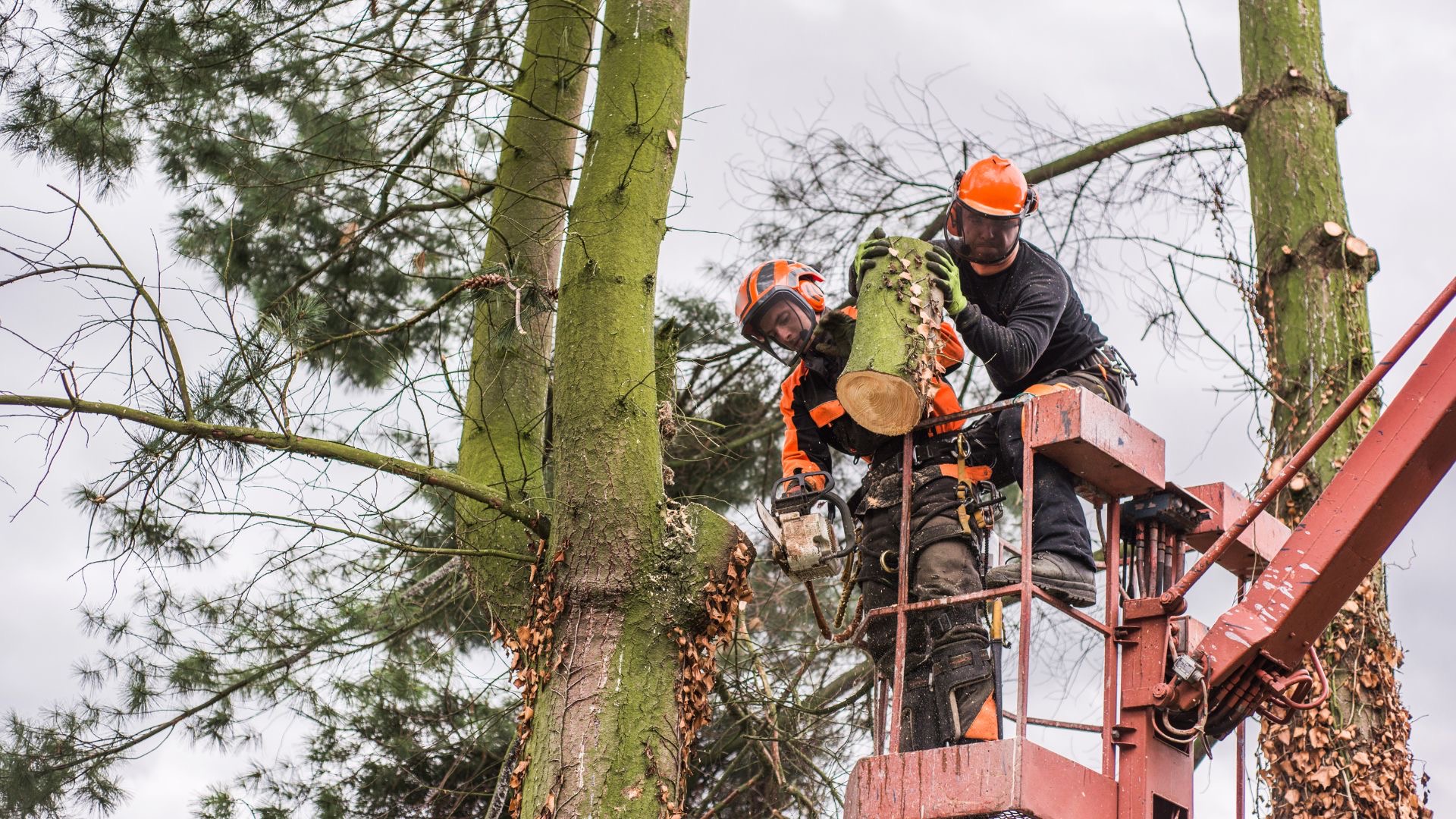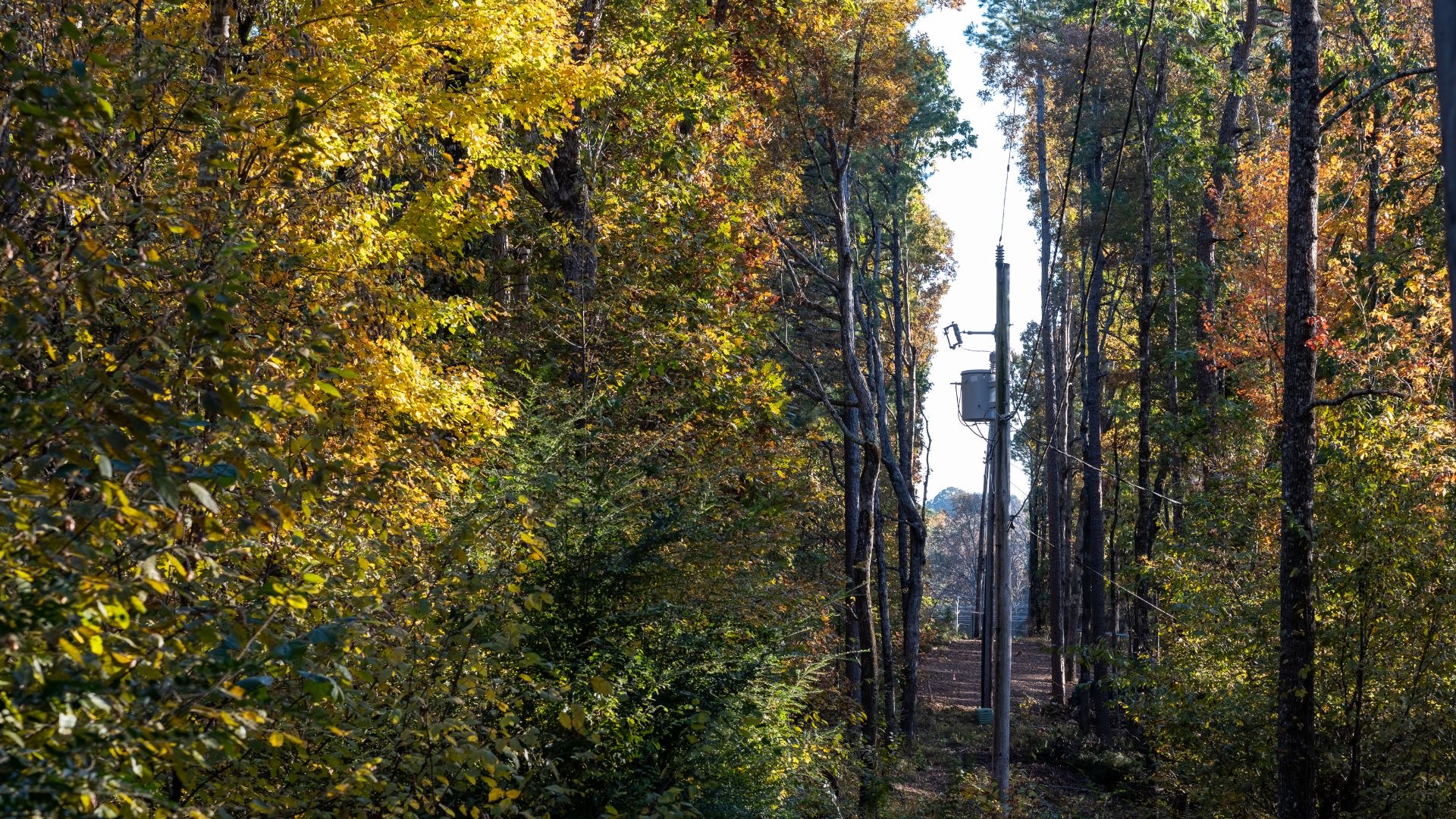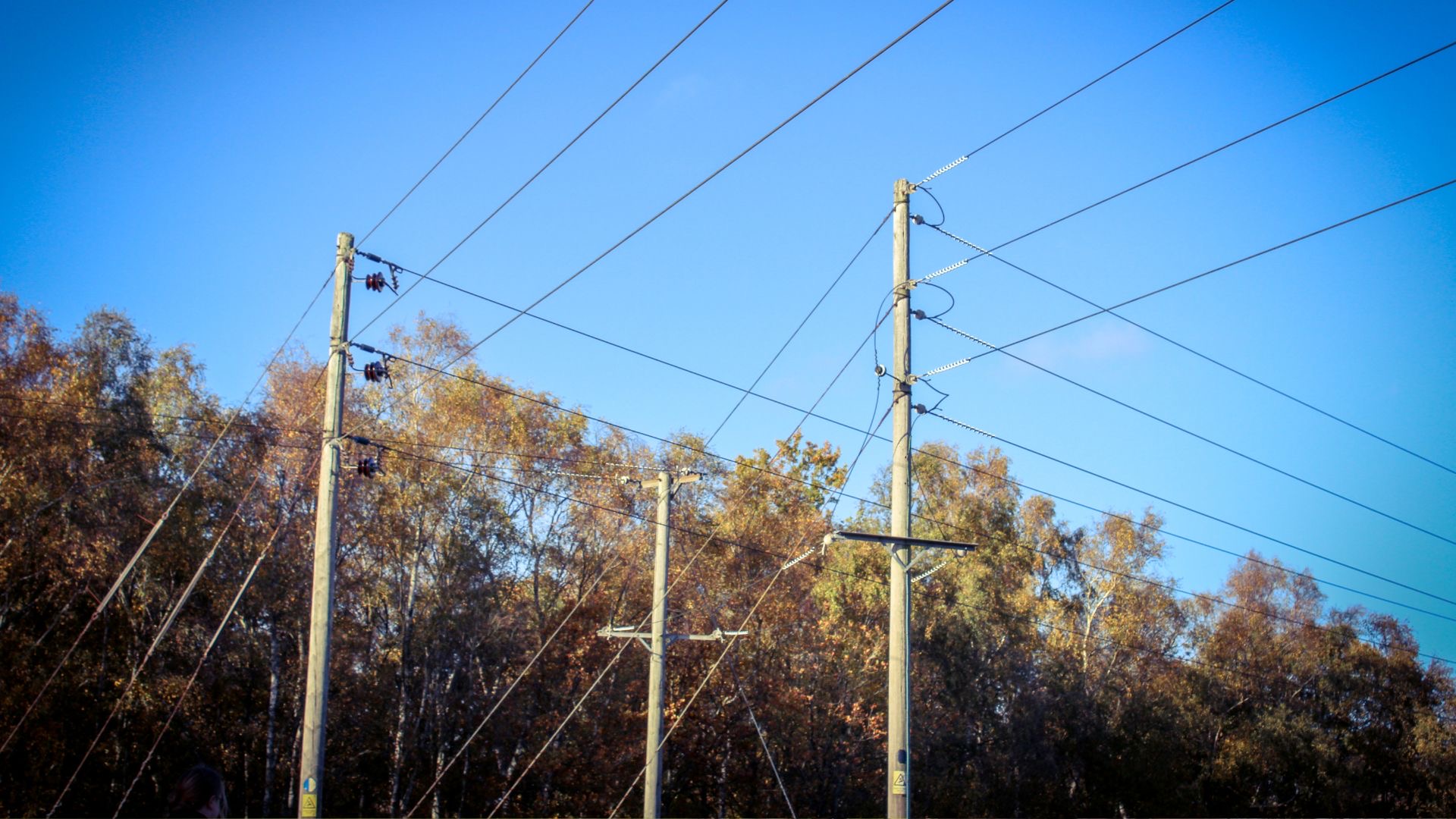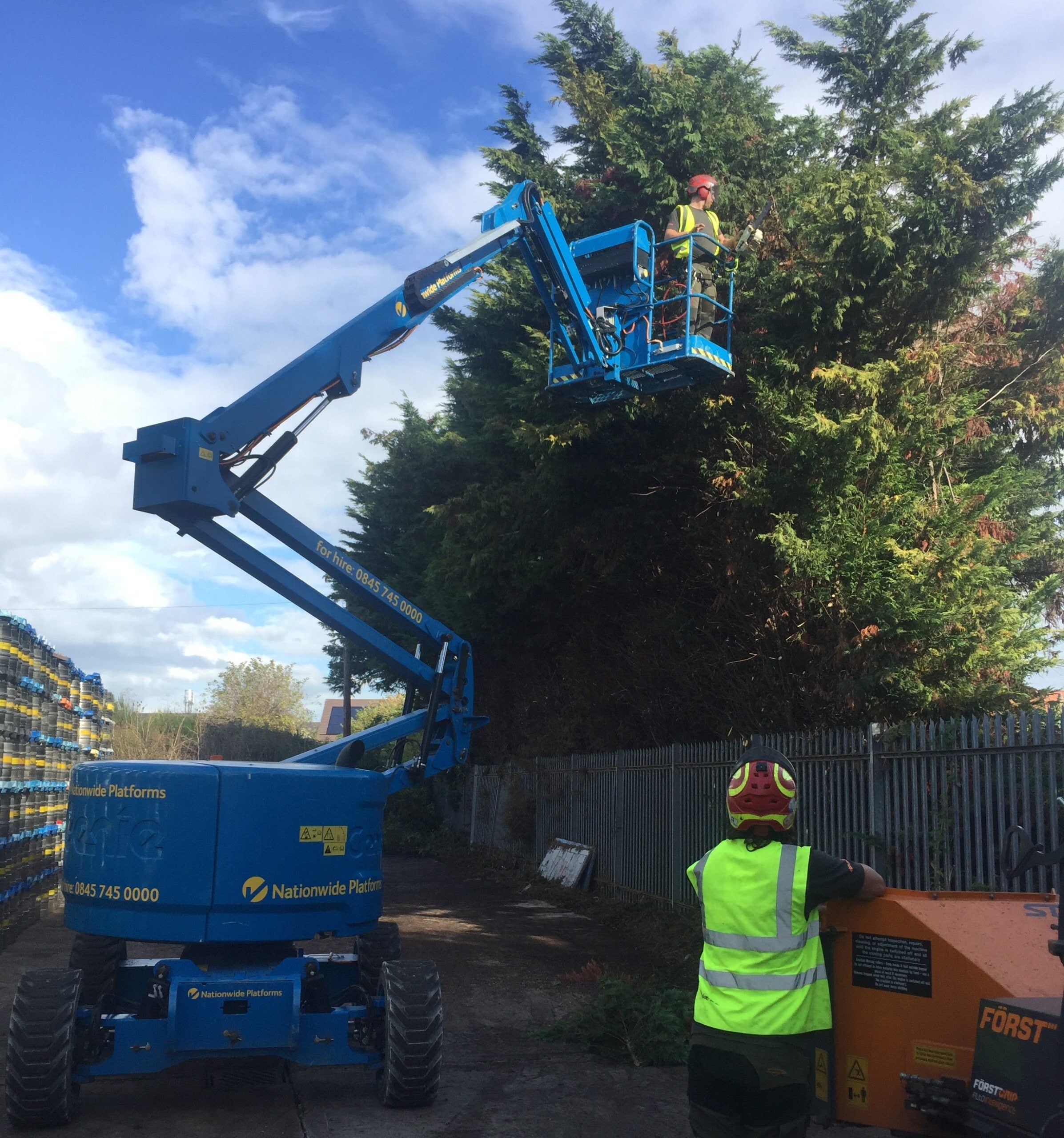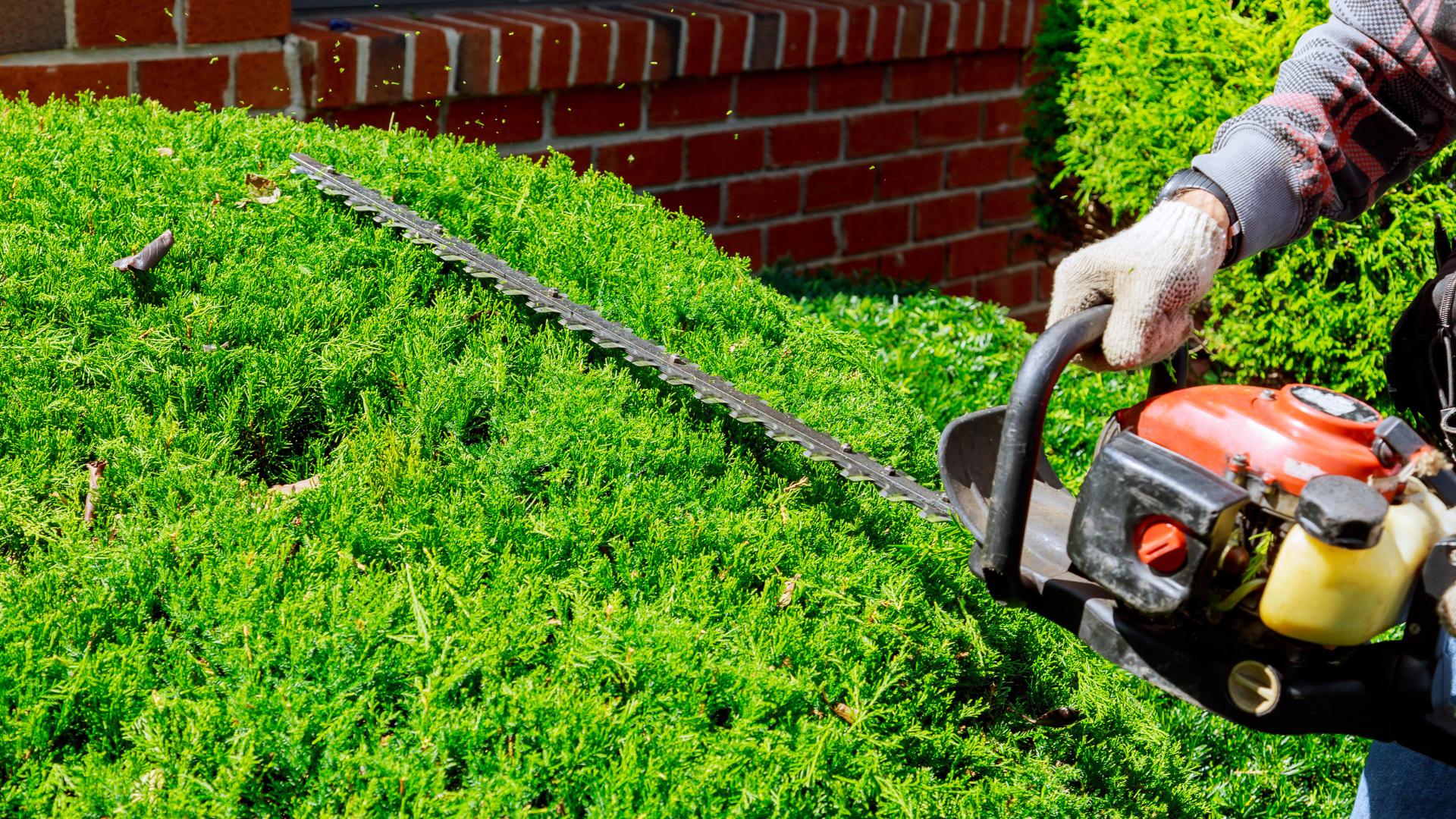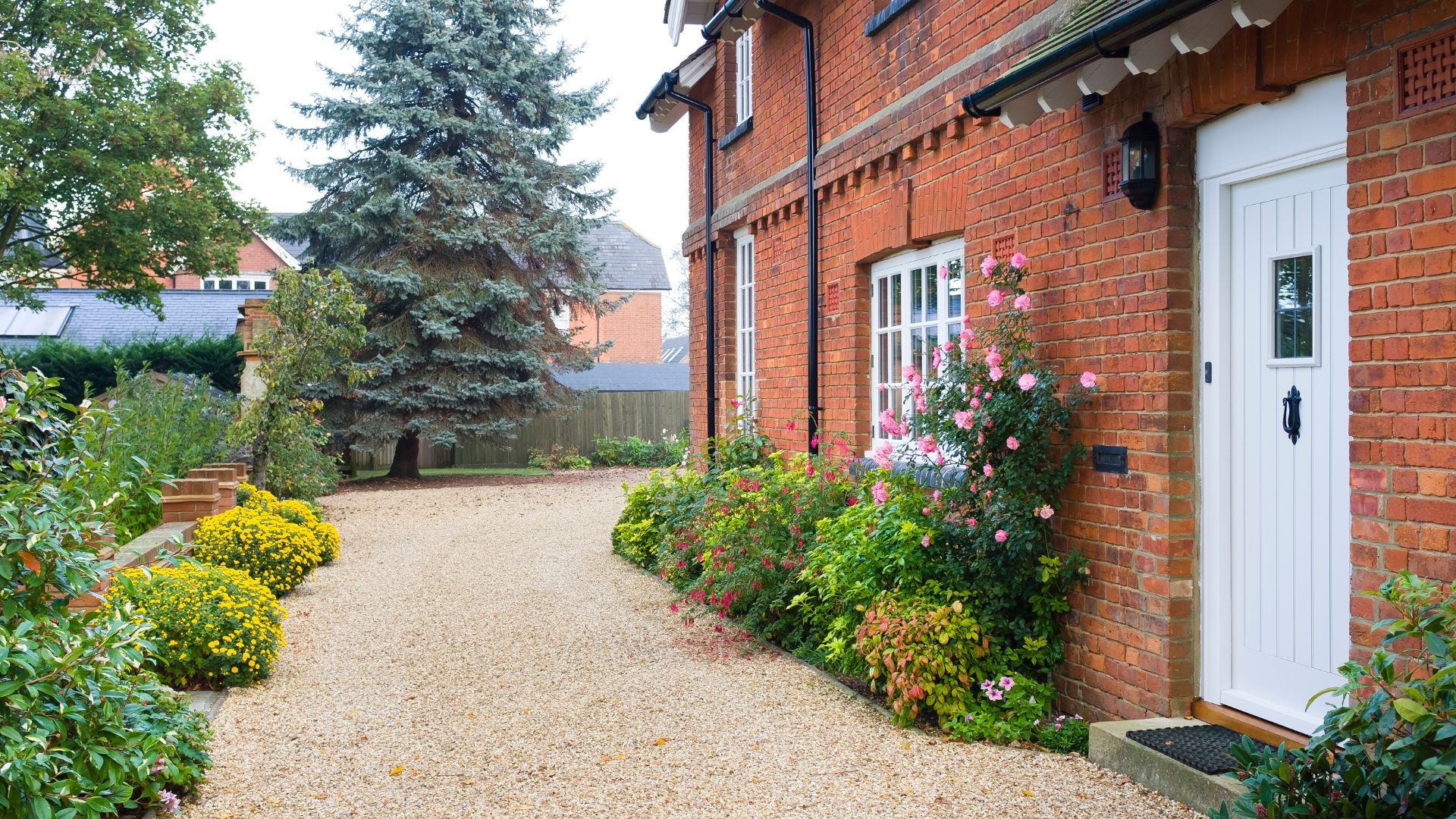The Importance of Hiring Qualified Tree Surgeons: Ensuring Safety and Compliance | Why You Should Hire Qualified Tree Surgeons
Any work involving trees comes with numerous risks and complexities. Tree work often necessitates specialist equipment, dangerous heights, and tricky natural elements to deal with – not to mention the specific legal requirements around tree care on your property. With that in mind, this article looks at why it’s important to hire qualified tree surgeons for any work you need carried out. We also look at some resources you can turn to for help.
For property owners, trees obviously play an important role. They improve just about everything in your natural environment – from air quality and shade coverage to the general aesthetics of your garden.
However, maintaining trees can sometimes be a tricky business. The care needed for trees can be unpredictable, and keeping them in tip-top shape requires expertise and precision.
In this article, we’ll offer an in-depth look at why it’s vital you hire qualified tree surgeons to carry out any maintenance work needed on your property.
Why do I need a qualified tree surgeon?
If someone who is unqualified handles tree care, it can lead to severe consequences, including injury, property damage, and legal issues. Qualified tree surgeons will have the training, certifications, and experience to ensure safety and compliance with industry standards.
They’ll also be insured by their expert company, in a way that means both they – and you – are covered for any liability.
Risks of unqualified tree work
Attempting tree maintenance without the proper skills and equipment is a recipe for disaster. That might sound dramatic, but it’s unfortunately 100% true! Trees are complex, imposing things, and they need to be cared for with due diligence. Here are some of the risks that come with unqualified tree work:
Improper assessment of a tree’s health
Before any tree work is carried out, you will need to assess tree health, structural integrity, and environmental factors. Unqualified individuals lack the necessary knowledge to assess these factors, which can – and will – lead to poor decision-making. For instance, improper pruning techniques can weaken a tree, making it more susceptible to disease or collapse during storms.
Endangerment to property and individuals
Incorrect felling practices can result in trees falling unpredictably, which is a real safety risk. There are many negative effects, but the chief of these is that it poses an immediate danger to individual lives and to property. To put it bluntly, you don’t want to end up as another tragic accident statistic!
Legal repercussions
Beyond the immediate physical dangers, unqualified tree work can lead to legal and financial repercussions. Many local councils and authorities in the UK have regulations regarding tree care, especially for trees under Tree Preservation Orders (TPOs) or those located in conservation areas. Unauthorised or poorly executed work can result in fines or legal action.
Other risks
Following on from the above risk, it’s worth adding that if an unqualified individual causes damage to neighbouring properties or public infrastructure, the property owner may be held liable for the costs. Insurers will not cover damages caused by uncertified workers, leaving homeowners to bear the full financial burden.
What will a certified tree surgeon do?
The first thing a certified tree surgeon will do for you is offer peace of mind. Certified arborists and tree surgeons have the experience and credentials to know what they’re doing and to take this risk-filled work out of your hands. Here’s an idea of what a tree surgeon will do for you:
Use their extensive training on the job: Certified arborists and tree surgeons undergo rigorous training and testing to ensure they have the skills needed to handle all aspects of tree care.
Identify problems for you: Tree surgeons are well-versed in areas like tree biology, proper pruning techniques, and disease management, as well as safe removal practices. This expertise allows them to identify problems for you and make informed decisions that promote the long-term health of your trees, while also mitigating risks.
Ensure full safety and compliance: Safety is obviously a top priority for certified tree surgeons. They’re trained in the use of personal protective equipment (PPE), safe climbing techniques, and the operation of specialised machinery. On top of that, qualified tree surgeons adhere to industry standards and local regulations, ensuring that all work is compliant with legal requirements. (This is all before mentioning that they’re insured in case of any accidents, which sets them apart from individuals!)
Enhance the value and beauty of your property: This is often forgotten about – but one advantage of hiring a proper tree care professional is that they’ll work hard to enhance the beauty of your property. Most expert tree surgeons will ensure that trees are maintained in a way that promotes growth and complements the natural environment. They’ll do everything from thinning canopies for light preservation, to providing you with tailor-made advice to get the most out of your garden.
Conclusion
If you are in any doubt about what a tree surgeon can do for you, feel free to consult our local tree care specialists for advice.
Want to learn more about us? Get in touch with the team.
About Trees offers a professional tree care service for homes and businesses all around Kent including Whitstable, Maidstone, Tunbridge Wells and many more.
